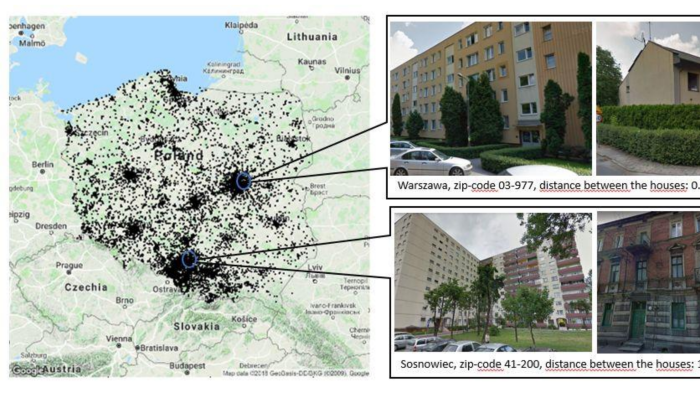Ella Koeze at The New York Times: “In early December, Alex Branch’s car broke down. A 23-year-old former arcade employee in southern Virginia, Mr. Branch had been receiving unemployment benefits since he was laid off in March, and figured he would have no problem paying for the repairs. But when he checked his bank account, he was troubled to find that the payments had stopped.
He had failed to get useful information from his state’s unemployment office before, so he turned to the one place he figured he could get an explanation: Reddit.
“I’m very confused and have no idea what to do,” Mr. Branch wrote on r/Unemployment, a Reddit forum whose popularity has skyrocketed during the pandemic.
The next day, another user commented on Mr. Branch’s post, using a common abbreviation for Extended Benefits, an emergency unemployment program. “Were you on EB? If so, EB was cut off Nov 21.”
Mr. Branch hadn’t realized he had been on Extended Benefits, which kicked in after he exhausted 26 weeks of regular unemployment plus 13 additional weeks granted in the March pandemic stimulus bill. Virginia stopped payments because the state’s unemployment rate had fallen under 5 percent, triggering an end to federal funding for the Extended Benefits program.
“I didn’t know about it,” he said in an interview. “That’s the biggest frustration that I had about it was the fact that I never received the email that it was going to be shut off.”
For many of the millions of Americans like Mr. Branch who lost jobs because of the coronavirus, the stress of being unemployed in a pandemic has been compounded by the difficulty of navigating disorganized and often antiquated state and federal unemployment systems. Information from overwhelmed state offices and websites is often confusing, and reaching an official who can answer questions nearly impossible….
Post after post on r/Unemployment conveys bureaucratic problems with endless variations: how to file a claim depending on your circumstances, what to do if you made a mistake on your claim, what different statuses on your claim might mean, how to navigate confusing and glitch-prone online portals and even how to speak to an actual person to get issues resolved….
Many people come to r/Unemployment to offer answers, not just find them.
Albert Peers, who had been working in a call center in San Diego until the pandemic, spends time every day trying to answer questions about California’s system. He lives alone and can’t easily return to work because he has a lowered immune system. After first visiting the site when he encountered a hitch in his own unemployment benefits, Mr. Peers, 56, was shocked by the number of people who had no idea what to do.
The thought that someone might go hungry or miss rent because they were simply stymied by the system was unacceptable to him. “At that point I just made a decision,” he said. “You know what, like a couple hours every day, because I just can’t turn away.”…(More)”.

